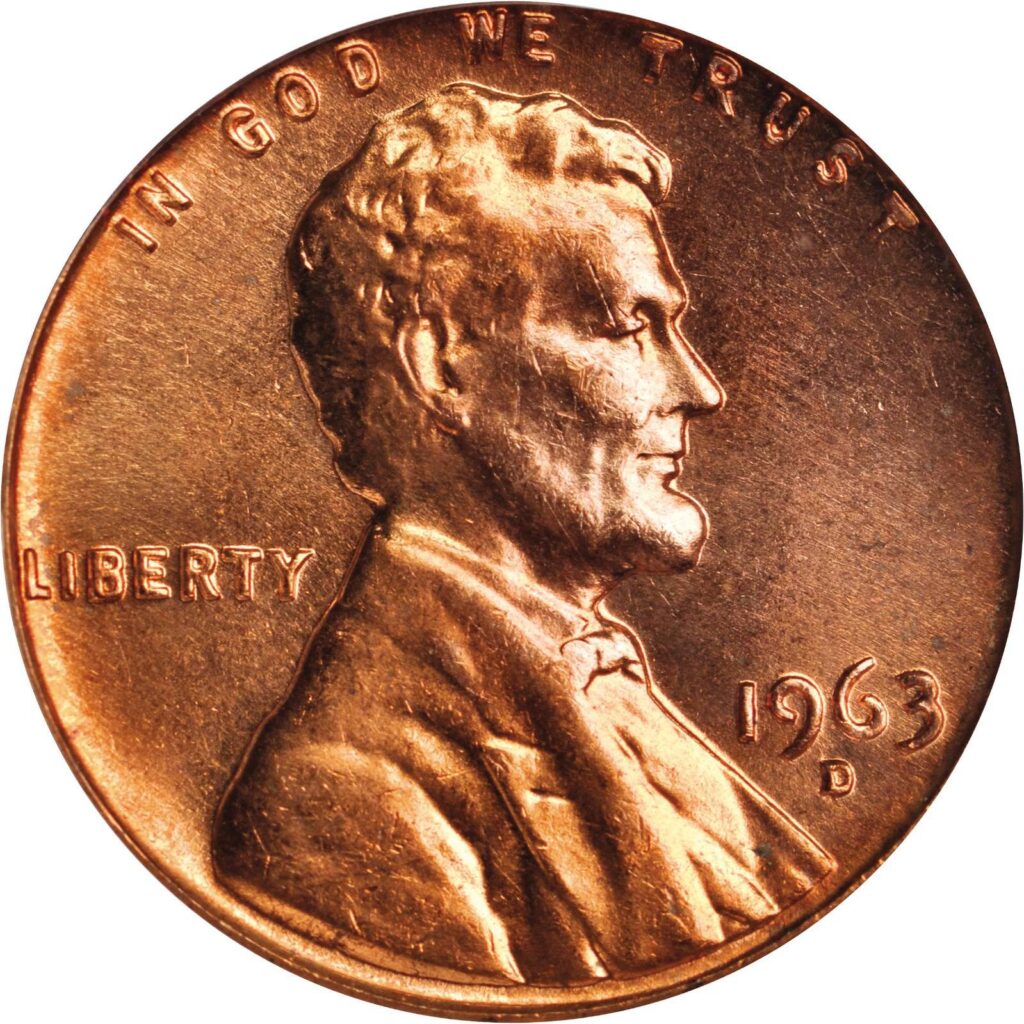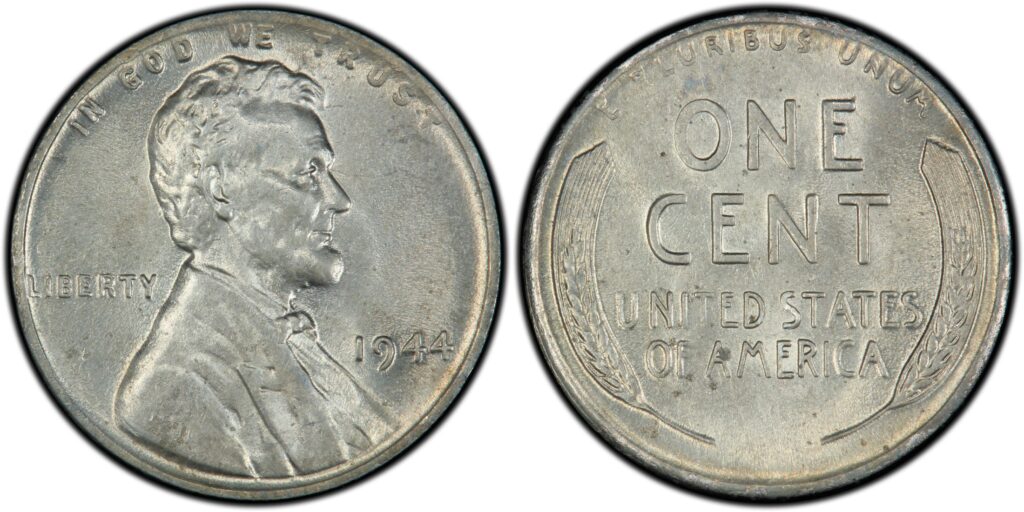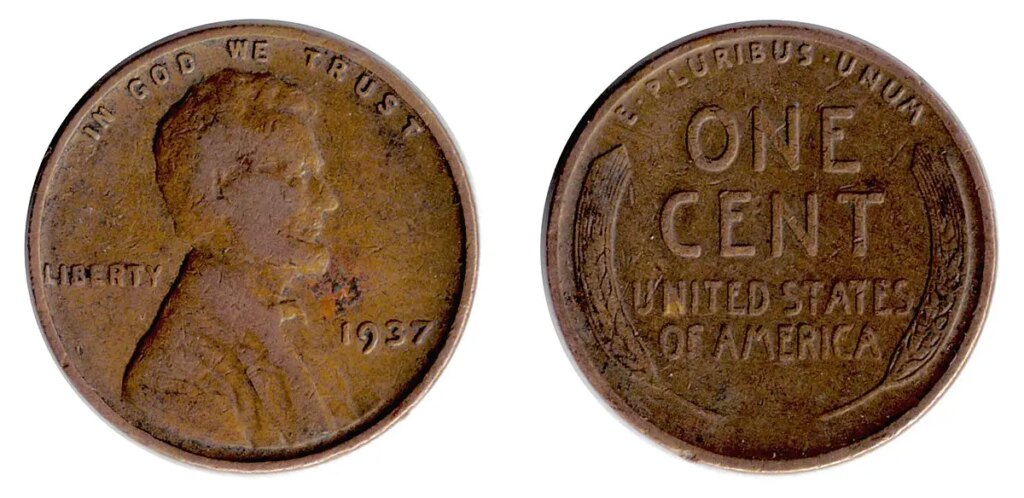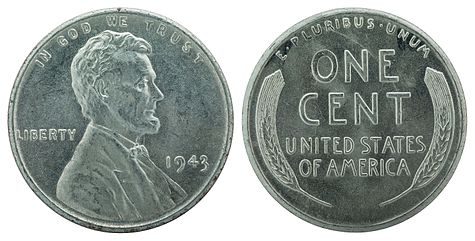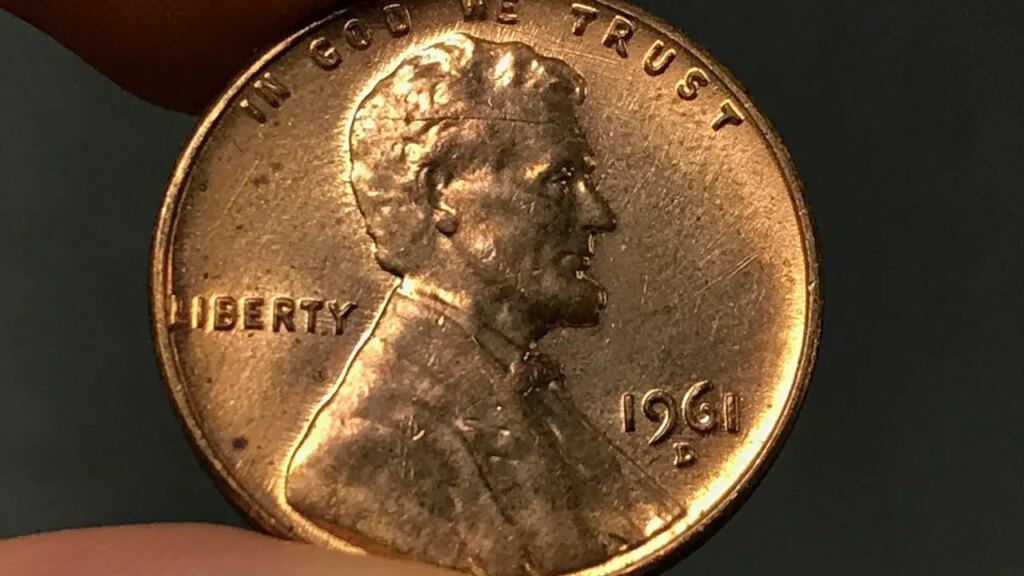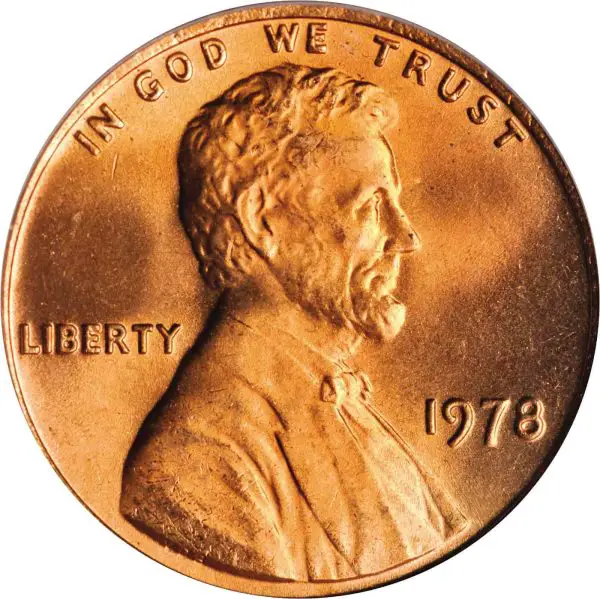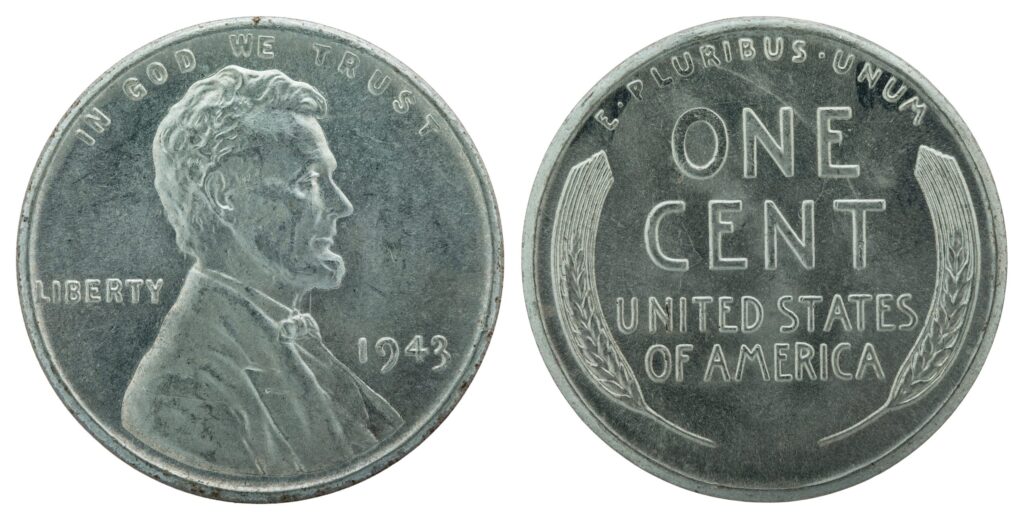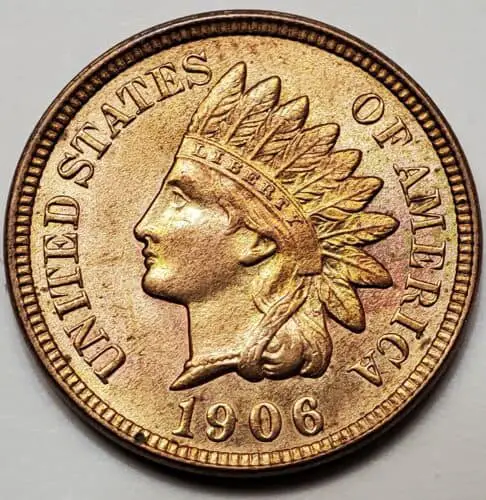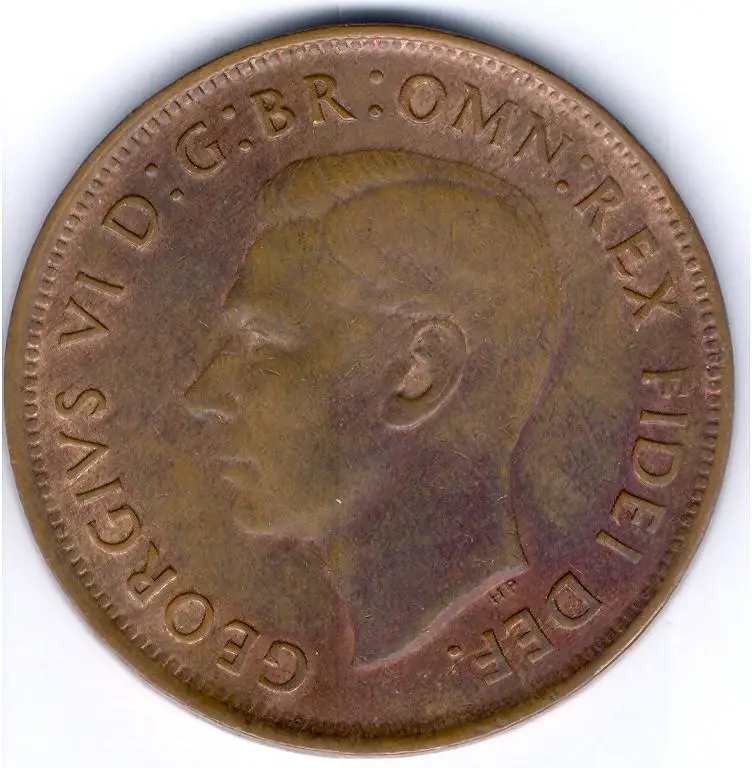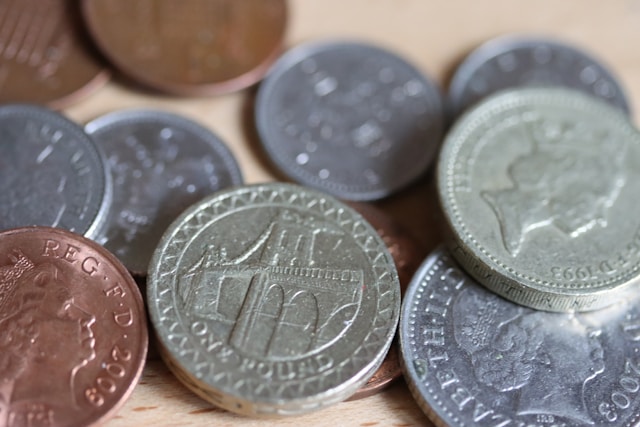If you are a coin collector, you may have come across the 1963 d penny in your search for unique and valuable coins. The 1963 d penny value is a topic of interest among collectors and enthusiasts alike, as this particular coin was produced in relatively small quantities compared to other pennies of the same era. Its scarcity has made it a sought-after collectible, and its worth can vary depending on its condition and other factors. In this article, we will explore the value of the 1963 d penny in detail and discuss how you can determine the worth of your coin.
Why your 1963 penny could be worth more than you think?
The 1963 penny is part of the Lincoln cent series and was minted in large quantities. However, some specific varieties of the 1963 penny could be worth more than their face value. For example:
– The doubled die obverse (DDO) variety: This is a coin variety where the image on the penny’s obverse is doubled due to a misalignment during the minting process. The doubling is visible in the inscriptions “IN GOD WE TRUST” and “LIBERTY,” as well as in Lincoln’s profile. This variety is rare and highly sought after by collectors, with some examples selling for thousands of dollars.
– The proof penny: In 1963, the U.S. Mint produced proof sets for collectors that included a specially minted penny. These proof pennies are struck with more care and attention to detail, giving them a mirror-like finish and deep cameo contrasts. A 1963-proof penny in excellent condition could be worth several dollars, depending on its grade.
– Mint state (MS) pennies: If you have a 1963 penny that has never been circulated or handled, you may have a mint-state example. Mint-state pennies are graded on a scale from 1 to 70, with 70 being a perfect coin with no flaws visible under magnification. A 1963 penny graded MS-65 or higher could be worth more than $1.
It’s important to note that the value of a 1963 penny depends on its condition, grade, and variety. A worn or damaged penny may not be worth more than its face value, while a well-preserved, rare variety could be worth thousands of dollars. If you think you have a valuable 1963 penny, it’s best to have it appraised by a professional coin dealer or certified grading service.
The history of the 1963 penny and its value today
The 1963 penny is a copper one-cent coin that was minted by the United States Mint. It features the profile of President Abraham Lincoln on the obverse (front) and the Lincoln Memorial on the reverse (back).
In 1963, the United States Mint produced over 3.2 billion pennies, making it the most commonly circulated coin of the year. However, some varieties of 1963 pennies are more valuable than others.
One variety of the 1963 penny is the “double die” error, which occurs when the die used to stamp the coin is imprinted twice. This creates a distinct doubling effect on the letters and numbers on the coin. Double-die 1963 pennies are rare and highly sought after by collectors, with some selling for thousands of dollars.
Another variety of the 1963 penny is the proof penny, which is a specially made coin with a highly polished finish and sharp details. Proof pennies were not meant for circulation and were only produced in limited quantities. They are highly collectible and can be worth hundreds of dollars.
The value of a regular 1963 penny without any notable errors or variations is generally worth only a few cents. However, its value can increase based on its condition and rarity. A well-preserved 1963 penny in mint condition can be worth up to $1.50, while a double-die 1963 penny could fetch thousands of dollars at auction. Proof 1963 pennies can be worth several hundred dollars, depending on their condition and rarity.
The rare and valuable variations of the 1963 penny
The 1963 penny is a common coin that can still be found in circulation. However, some variations of the 1963 penny are considered rare and valuable among collectors. These variations include:
1. Doubled Die Penny: This penny has a doubled image of the date, letters, and numbers on the front of the coin. It was caused by an error in the die during the minting process. A 1963 doubled-die penny can be worth up to $3,000.
2. Proof Penny: Proof coins are minted differently than regular coins and have a higher quality finish. A 1963-proof penny can be worth up to $12.
3. Error Penny: Sometimes during the minting process, errors can occur that result in a unique coin. Some 1963 error pennies have sold for up to $500.
4. Copper Penny: Most pennies after 1982 are made of zinc with a copper coating. However, some 1963 pennies were mistakenly minted with a copper composition. These coins can be worth up to $10,000.
It is important to note that the value of a coin can vary depending on its condition and other factors, so it is always recommended to have a professional appraisal before selling or buying a rare coin.
How to determine the condition of your 1963 penny, and what that means for its value?
Some general information on how to determine the condition of your 1963 penny and what that means for its value.
The condition of a coin is graded using a system that ranges from Poor (P-1) to Perfect Uncirculated (MS-70). Here are some general guidelines for determining the condition of your 1963 penny:
– Poor (P-1) – Barely recognizable design elements.
– Fair (FR-2) – Much of the design is worn away, but the date is still visible.
– About Good (AG-3) – More of the design is visible, but the coin may still be heavily worn.
– Good (G-4) – All major design elements are visible, but the coin shows significant wear.
– Very Good (VG-8) – Minor details are visible, but the coin still shows moderate wear.
– Fine (F-12) – All major design elements are clear, with some slight wear visible.
– Very Fine (VF-20) – Details are sharp, with some slight wear visible on high points.
– Extremely Fine (EF-40) – High points show wear, but the coin still has an overall sharp appearance.
– About Uncirculated (AU-50) – Only the slightest hint of wear is visible on high points.
– Uncirculated (MS-60 to MS-70) – No wear is visible, and the coin has a flawless appearance.
The condition of your 1963 penny will determine its value, as well as other factors such as rarity and demand. A coin in Poor (P-1) condition may only be worth a few cents, while a Perfect Uncirculated (MS-70) coin can be worth hundreds or even thousands of dollars. It’s important to get an accurate assessment of your coin’s condition before attempting to sell it.
The most valuable 1963 pennies ever sold and their stories
1. 1963-D Doubled Die Obverse: One of the most famous error coins in history, the 1963-D Doubled Die Obverse penny is highly sought after by collectors. This error occurred when the die used to strike the coin was engraved twice, creating a noticeable doubling effect on the date and lettering. A certified MS65 example sold for $92,000 in 2010.
2. 1963 Proof Set Double-Die Cent: Another highly sought-after error coin from 1963, the Proof Set Double-Die Cent is a pristine example of a doubled-die penny. Unlike the 1963-D version, this penny was struck in a proof set, meaning it has a highly polished finish and excellent eye appeal. A certified PR68 example sold for $33,350 in 2016.
3. 1963 No Mintmark Penny: While not an error per se, 1963 No Mintmark Penny is a rare variety that was only produced at the Philadelphia Mint. This penny lacks the “D” or “S” mintmark normally found on coins struck at the Denver or San Francisco Mints, respectively. A certified MS67+ example sold for $24,675 in 2017.
4. 1963-D Bronze Doubled Die Reverse: This error coin is even rarer than the 1963-D Doubled Die Obverse penny. The Bronze Doubled Die Reverse penny has a doubled die on the reverse side, as opposed to the obverse. This error was caused by a misaligned die, creating a doubling effect on the Lincoln Memorial and lettering. A certified MS64 example sold for $23,500 in 2011.
5. 1963 SMS Penny: The Special Mint Set (SMS) penny was produced as a special issue in 1963, intended to showcase the new technology and techniques used in coin production. These pennies have a distinct satin finish and are highly sought after by collectors. A certified MS69 example sold for $20,700 in 2019.
Debunking common misconceptions about the value of 1963 pennies
Here are some common misconceptions about the value of 1963 pennies debunked:
1. All 1963 pennies are valuable: This is not true. While there may be rare varieties or error coins that have higher values, the majority of 1963 pennies in circulation are only worth their face value of one cent.
2. All uncirculated 1963 pennies are valuable: Uncirculated coins are in excellent condition, but that doesn’t necessarily mean they are valuable. The condition alone does not determine a coin’s worth, and the market demand for that particular coin also plays a significant role.
3. The 1963 penny is a rare coin: This is not true. The United States Mint produced over 3 billion 1963 pennies, making them relatively common.
4. The 1963 penny has significant historical or cultural value: While it may be interesting to collect coins from different years, the 1963 penny does not have any significant historical or cultural significance that would make it particularly valuable.
Overall, it is important to do research and consult with reputable coin dealers before assuming the value of a particular coin.
Tips for finding rare 1963 pennies and assessing their value
Finding rare 1963 pennies can be challenging, as they were minted in large quantities, and not all of them were struck with high precision, which may affect their value. However, here are some tips that could help you:
1. Check the mint mark: Look for the “D” (Denver) mint mark to confirm that the penny was minted in Denver. These coins tend to be more valuable than those minted in Philadelphia.
2. Inspect the condition: Look at the penny’s condition and check whether it has any scratches, marks, or discolorations. The better the condition of the coin, the more valuable it is likely to be.
3. Examine for errors: Look for any errors or varieties in the coin. For instance, some 1963 pennies have doubled-die errors or repunched mint marks, which can significantly increase their value.
4. Consult a coin expert: If you are unsure about the authenticity or value of the penny, consider consulting with an expert in coin collecting or appraising. They can help you determine the penny’s value based on its condition, rarity, and other factors.
Remember, finding rare coins is not always easy, and it may require some patience and dedication. Also, it’s essential to be cautious when buying coins, especially online, as some fraudulent sellers may try to pass off counterfeit coins as authentic ones.
The impact of modern technology on the value of 1963 pennies
Modern technology does not have a direct impact on the value of pennies minted in 1963. The value of a coin is determined by factors such as rarity, condition, and historical significance.
In the case of 1963 pennies, they are relatively common and not considered rare. However, if the penny is in pristine or uncirculated condition, it may hold more value to collectors.
Therefore, modern technology may not affect the value of 1963 pennies directly, but it can assist in identifying rare and valuable coins through online resources and marketplaces.
The changing trends and future outlook for 1963 penny values
The 1963 penny is a common coin, which means that it is not rare, and its value is mainly driven by its condition and rarity. The coin’s condition is graded on a scale from 1 to 70 by professional grading companies, with a higher grade indicating better preservation.
In the past years, there has been an increasing interest in collecting coins, leading to a slight appreciation in the value of the 1963 penny. However, it is important to note that its value is still not significant, with most coins being worth less than a dollar.
Looking into the future, it is difficult to predict the exact direction of the 1963 penny’s value. Still, it is safe to assume that it will continue to be a common coin and its value changing gradually over time, mainly driven by the coin’s condition and collector demand.
In summary, while the 1963 penny may have some sentimental value or historical significance, its financial value is not significant, and its future outlook is likely to be steady in the long run.
Comparing the value of 1963 pennies to other valuable coins from the same era
In general, 1963 pennies are not considered very valuable because they are relatively common and not made from any valuable materials like silver or gold. However, there are always some exceptions and variations that can make certain coins more valuable than others.
For example, some 1963 pennies are worth more because they have errors or variations. One such variation is the doubled die penny, which has an image that appears to be doubled or overlapping. These pennies can be very valuable to collectors, with some selling for thousands of dollars.
In comparison to other valuable coins from the same era, there are many options for collectors. Some popular valuable coins from the 1960s include:
– 1964 Kennedy Half Dollar: These coins are made from 90% silver and can be worth around $10-$15, depending on their condition.
– 1965-1969 SMS Kennedy Half Dollars: Special mint sets (SMS) were produced during this period and are characterized by their mirrored finish. These coins can be worth a few hundred dollars, depending on their condition.
– 1969-S Lincoln Cent with doubled die: This penny has a similar error to 1963 doubled die penny, with the image appearing to be doubled. These coins can be worth thousands of dollars.
Overall, while 1963 pennies are not typically considered very valuable, there are always exceptions and variations that can make certain coins worth more to collectors.

